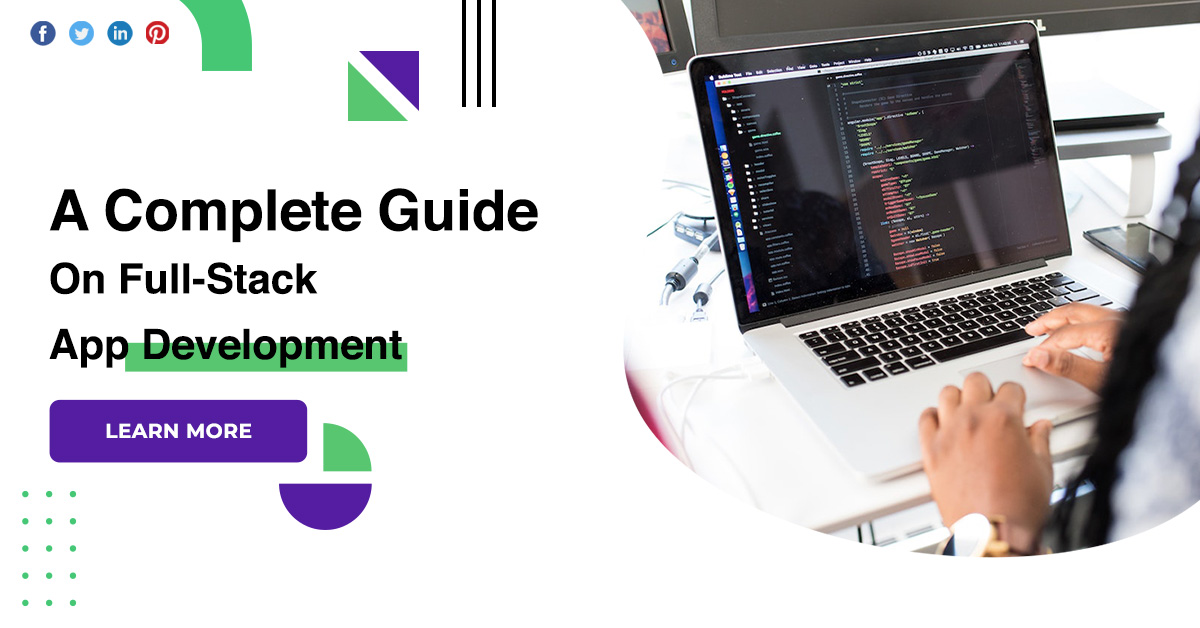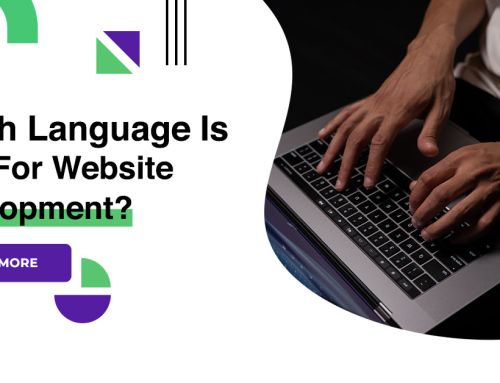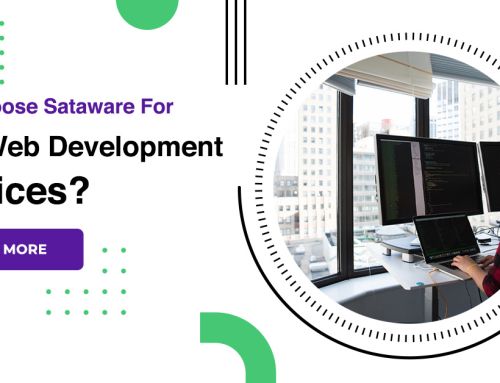A Complete Guide On Full-Stack App Development
Full-stack app development refers to the end-to-end application software development, including the front end and back end. The front end consists of the user interface, and the back end takes care of the business logic and application workflows.
Full-stack app development
Front end vs back end vs full stack
Applications that require higher scalability and more complex workflows require broader skill sets and collaboration across teams. In some organizations, individuals will be required to work on both the front end and back end implementation of a feature.
Front end developers
These developers handle the UI of a web application. They focus mainly on user experience and use HTML, CSS, and JavaScript as programming languages.

Back end developers
They deal with the business logic, security, performance, scalability, and handling request-response of the application. They create or use frameworks to design the core application workflows and use technologies like JavaScript, Python, Java, and .NET.
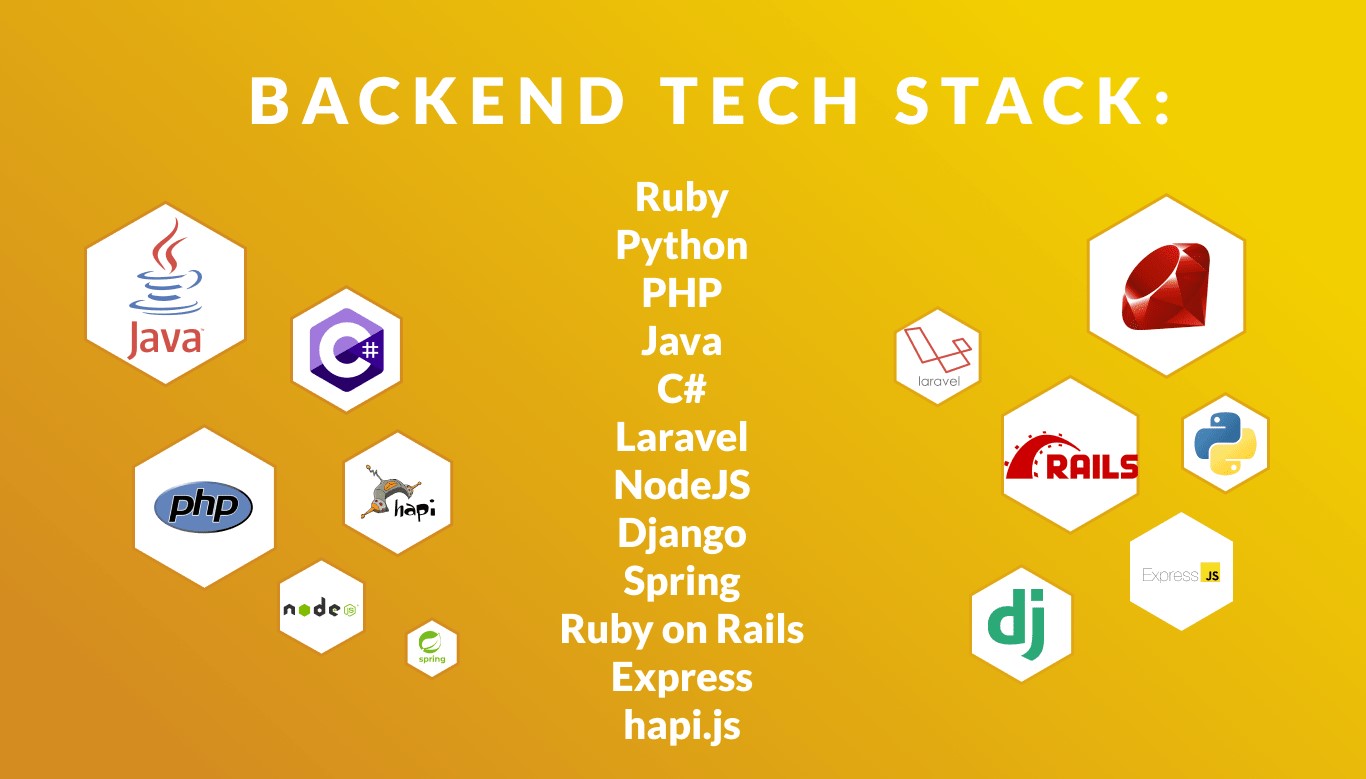
Full stack developers
They are responsible for coding end-to-end workflows by using both front-end and back-end technologies. MERN stack and MEAN stack are examples of JavaScript-based technology stacks that full stack developers can use to build end-to-end applications.
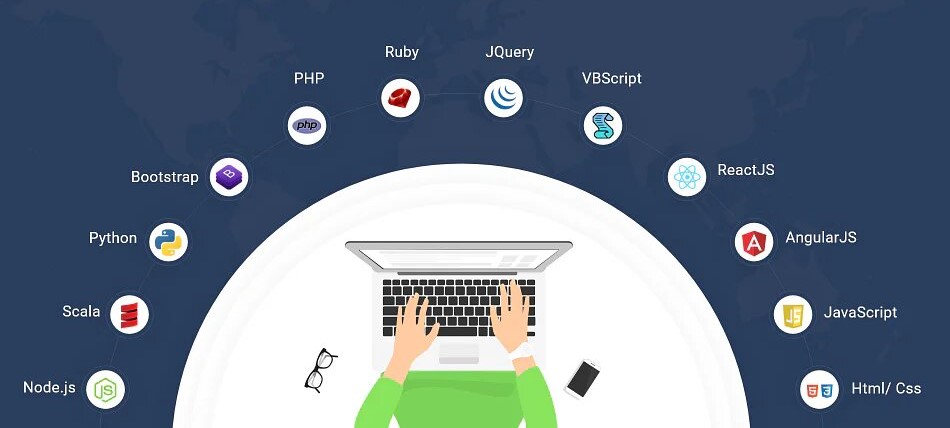
Popular tech stack
LAMP stack
L for Linux Operating System, A for Apache server, M for MySQL database server, and P for PHP Language.
MEAN stack
MEAN stack represents MongoDB E stands for Express.js, A for Angular which is frontend framework and N represents cross-platform runtime environment.
MERN stack
This is the same stack as MEAN, just Angular is replaced by React. For any full-stack developer, knowledge of HTML, CSS, And JavaScript is a must and with that front-end knowledge, they must deal with server-side programming too.
Skills required
Full-stack developers have to play more than one role in web development processes. From architecting user requirements to front-end, back-end, and database management, they need to obtain broader perspectives for usability, accessibility, and quality of the system.
Conclusion
Full stack development provides a faster and more efficient development experience to build web applications, as team members are equipped with the knowledge of various technologies and tools and can use their diverse knowledge for development as well as future research.
